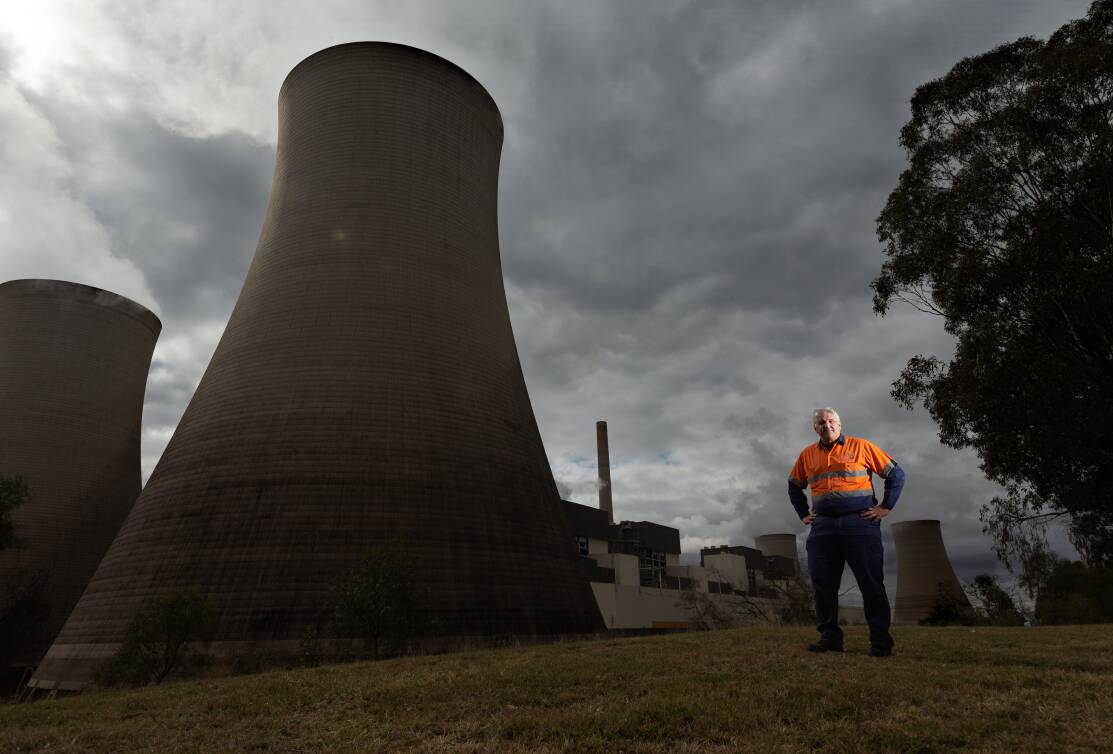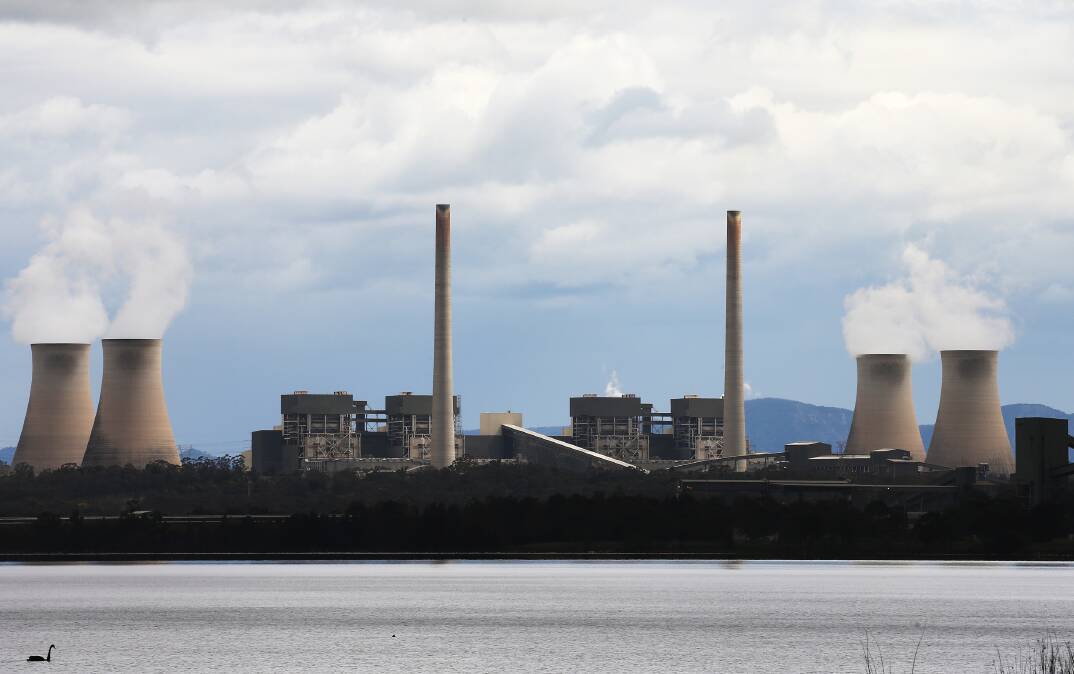More than 800 contractors will descend on Bayswater Power Station as part of a mega maintenance project to ensure the coal generator continues to perform reliably in coming years.
The plant, which supplies about 20 per cent of the state's energy requirements, is scheduled to continue operating until as late as 2033.
AGL is investing $120million in the 110 day overhaul of Unit 1.
"It's a very significant body of work. It's taken 16 months of planning to get to the point where we are ready to do it," Bayswater general manager Len McLaughlan said.
"This is a good time to be doing it with the weather getting warmer but it's not too hot yet."
The need for the plant to operate reliably has increased significantly following the closure of Liddell Power Station in April and the slow progress of the clean energy roll-out.
Within that context, the state government is expected to announce this week whether it will intervene to keep Eraring Power Station open beyond its scheduled closure date of mid-2025.
Each of Baywater's four 660-megawatt units are generally overhauled every four years, however, COVID prevented the last planned shutdown of Unit 1.

"One of the reasons why the cost is so high is because we expect to find a lot of things that we need to refurbish and repair," Mr McLaughlin said.
The main features of the project will involve inspecting and testing the boiler units to ensure they are free from corrosion, refurbishing the turbine to ensure it can run at maximum capacity, rewinding the 37-year-old generator.
Hundreds of other smaller components will also be inspected and repaired.
Mr McLaughlin said the work would allow the plant to continue to operate with maximum reliability and flexibility during the last decade of its life.
"When you look at what the community and the state needs and what AGL needs as part of a (clean energy) transition, we need Bayswater to perform well with a high level of reliability," Mr McLaughlan said.
"At the same time, given daytime solar production, we need the unit to be flexible to be able to drop its load as low as possible and then come up for the evening and morning peaks."

Liddell Power Station, which was built in 1972, was increasingly plagued with technical and reliability issues as it approached its shutdown. It was estimated that it had to be restarted 335 times during the last year of operation.
Mr McLaughlan said the significant investment in Bayswater was designed to maximise its reliability through to the early 2030s.
"If you look at the benchmarking data, you will find most plants start to drop off in reliability when they get to that age," he said.
"I suspect that in the last couple of years the reliability of Bayswater won't be as high as it currently is."
The influx of contractors to the bayswater will also provide a boost to the Upper Hunter accommodation and hospitality sectors over the next few months.
"There's generally a lot more rentals and hotels occupied and more people in the community," Mr McLaughlan said.

Meanwhile, work is proceeding on the decommissioning of the nearby Liddell site.
A decommissioning team made up of former power station employees and specialist contractors are about 60 per cent through the seven month project.
The plant's 168-metre tall stacks are due to be blown up in early 2024.
"Our goal is to make Liddell cold, dry and dark," Mr McLaughlan said.
"That will take us to the end of the year when it will be handed over to the demolition contractor. They will have their own timetable for when the different parts of that project occur."







